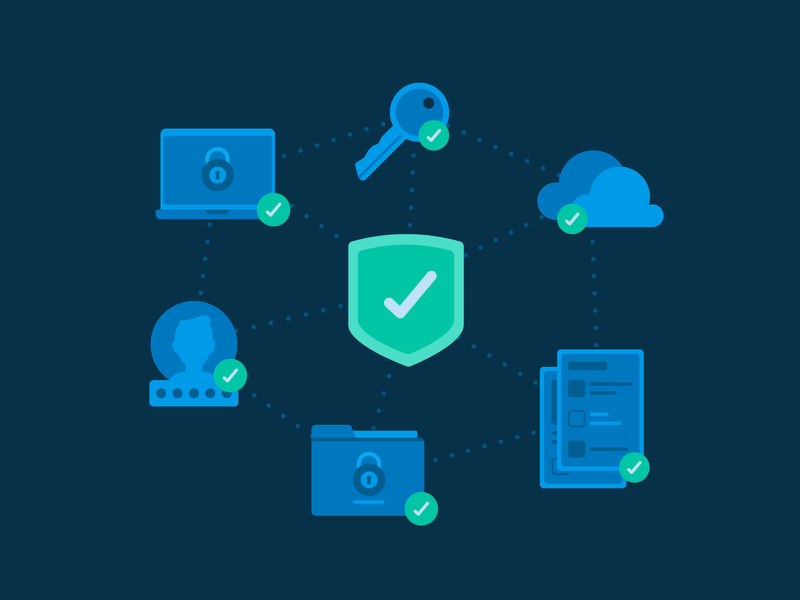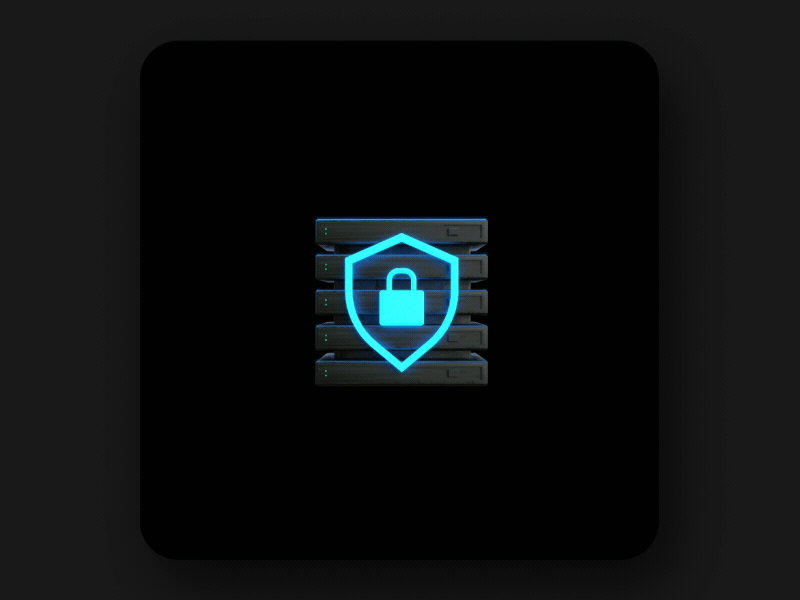Security issues and vulnerabilities continue to increase for most web apps across the niches. For addressing the security issues and vulnerabilities, forging quality development standards is often regarded to be the right measure for web apps. But due to the overwhelming variety of software architectures and complexities of technologies and development practices, implementing the right standards are often difficult.
As of now OWASP or Open Web Application Security Project has emerged as a really effective and widely applauded standard for improving the security of software applications. OWASP which is a non-profit venture dedicated to the improvement of internet protocols and practices came up with a whole array of quality tools to improve security standards.
One of the tools provided by OWASP helps quick detection of security vulnerabilities in any web app. It also offers a robust library that helps reduce the Cross-Site Request Forgery (CSRF) attacks by implementing a kind of synchronizer token pattern. As core areas of competence, OWASP ensures writing better and secure code besides offering a better standard of development.
Here we are going to explain implementing the OWASP security standards and how it addresses different security risks as well as vulnerabilities.
OWASP Mobile Security Testing Guide
OWASP offers a stand-alone mobile security testing guide or MSTG which is basically a comprehensive testing manual used now by any mobile app development services company. This manual guideline used for security testing and reverse engineering comes as a rich resource for security testing professionals on both iOS and Android platforms.
The manual covers the below-mentioned areas.
- Internal security elements specific to each platform
- Security testing processes in the app development lifecycle on both platforms.
- Static and dynamic security testing processes.
- Mobile app reverse engineering and tampering
- Evaluating software protections
- A detailed list and explanation of various test cases.
You can access the online guidebook from Gitbook and can contribute your valuable feedback and suggestions on GitHub Repo regarding the manual.
Read More: How is Android Camera Security Threat Posing Serious Risk for Android Devices?
Mobile App Security Requirements and Verification
OWASP also offers another standard for mobile app developers and it is called Mobile Application Security Verification Standard (MASVS). Just as its name mentions, it comes as a standard for developers to follow measures and tools to ensure mobile app security. It is widely used by mobile software architects and app developers for optimizing security measures.
Common Attacks Nullified by OWASP Standards
There are several common security attacks that can easily be nullified by OWASP standards. Some of these attacks can be categorized into the below-mentioned categories and types.
- SQL Injection (SQLi)
- Cross-Site Scripting (XSS)
- Local File Inclusion (LFI)
- Remote File Inclusion (RFI)
- Remote Code Execution (RCE)
- PHP Code Injection
- HTTP Protocol Violations
- Shellshock
- Session Fixation
- Scanner Detection
- Metadata/Error Leakages
- Project Honey Pot Blacklist
- GeoIP Country Blocking
Key Security Vulnerabilities Covered by OWASP Standard
We all know that web app security is exposed to various risks and vulnerabilities. The following are identified by the OWASP standard as top security risks.
Injection
The injection is the common loophole making web app security vulnerable. There are various injections adding to security risks and vulnerabilities. Some of them are SQL injection, LDAP injection, CRLF injection, and several others. These injections take place as and when the attacker by sending untrustworthy data can help to execute malicious and unauthorized commands. Injection flaws are mostly detected by app security testing. By using parameter-based queries also developers can prevent such injections to occur.
Authentication and Session Data Breaches
The improper configuration of the user and session authentication data can also lead to compromising passwords, security keys, or session tokens, or unauthorized control of user accounts. To combat such security risks multi-factor authentication measures and biometric authentication are more effective.
Exposure of Mission-Critical Data
Some business data, financial data, usernames and passwords, personal information, health information, and other data can have more significance and they can be targeted for data security breaching efforts through APIs and other programs. To prevent exposure of critical data encrypting the data in the resting as well as transit phase is more effective.
XML External Entity
Badly configured XML processors that fail to test the external entity references properly are vulnerable to attacks such as remote code execution, disclosure of crucial system files, and file-sharing mechanism. To detect the issue Static application security testing (SAST) can be effective.
Broken Access Control
Poorly configured and completely missing restrictions on authorized users allow hackers to take control of other users’ accounts, access sensitive information, and tamper with data and enjoy various rights that are not meant for them. Penetration testing is the measure to discover such unauthorized control over assets.
Security Configuration Flaws
When security configuration is not proper to safeguard the application data, it creates a lot of security issues for the entire app. Some of the common security configuration flaws occur through poorly configured security headers, information leakage, backdated systems, tools, and frameworks. By implementing dynamic application security testing (DAST) these configuration flaws can be easily detected.
Read More: The Evolution Of Mobile Security With Blockchain
Cross-Site Scripting (XSS)
Cross-site scripting (XSS) allows the attackers to inject malicious client-side scripts into the application. The script that directs the visitors of a website to another malicious website offers an example of cross-site scripting (XSS). Developer training in security testing protocols and coding measures can effectively deal with this security risk. Encrypting data and validating the user inputs is one great way to reduce this risk.
Vulnerable Deserialization
Some deserialization flaws can help attackers executing code remotely and thus tamper with the security layer of the app. The deserialization flaws are mostly detected by app security tools and penetration testing is required to verify the issue.
Vulnerable APIs and Components
There are many APIs and components that developers use without knowing their security vulnerabilities. These components allow attackers to get unauthorized access and malicious controls. While the static analysis can be effective to detect insecure component versions, software composition analysis also can evaluate the risk elements in these components.
Not Carrying Out Testing Enough
Finally, the biggest risk factor is obviously not carrying out enough testing throughout the life cycle of the app development process and maintenance. Testing is not done just with debugging or common security testing. Every security vulnerability and risk factor needs to be analyzed and tested.
Conclusion
When it comes to web app testing, OWASP has emerged as the most tested and tried testing protocol to help developers and QA experts worldwide. Until now, it seems to be the most complete security standard for web and mobile apps across the niches.











